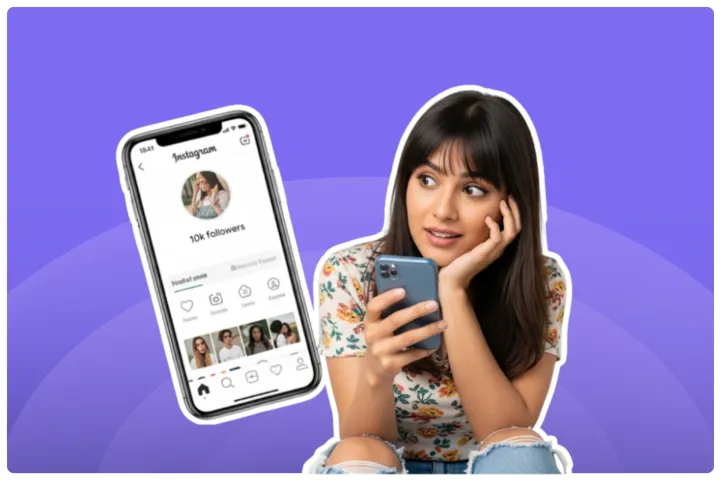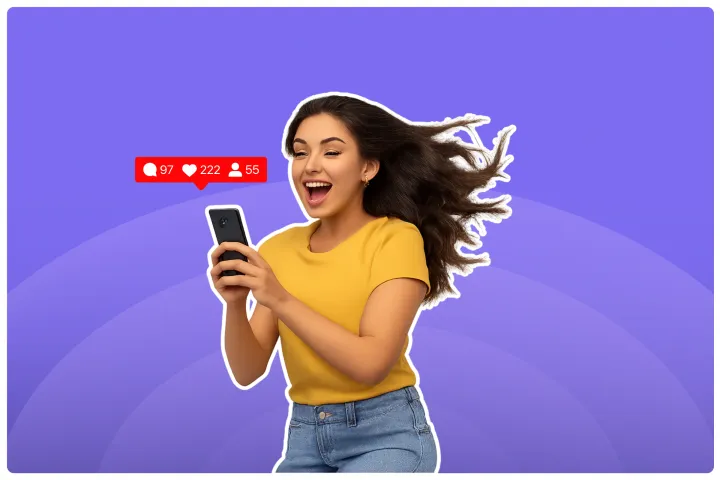How to Scrape Instagram Followers: Best Ways (2025)
Discover the best ways to scrape Instagram followers effortlessly! Boost your engagement and grow your audience with our expert tips and tools.
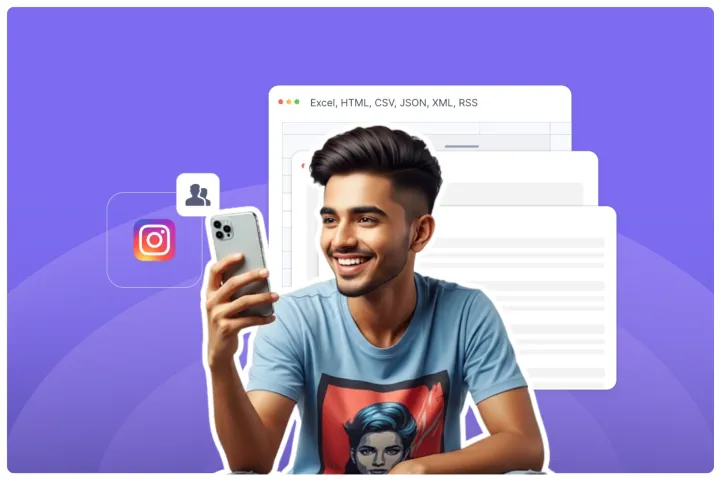
Ever look at a competitor’s booming Instagram account and think, "I wish I knew their secret"? What if you could get a peek into their audience, understand what makes them tick, and use that knowledge to supercharge your own growth?
Well, you can. It’s a strategy called scraping, and it might just be the game-changer you’ve been looking for.
This guide will walk you through everything you need to know about how to scrape Instagram followers. We’ll cover why it’s a powerful tool for influencers, how to do it, and most importantly, how to do it the right way. Let's get into it!
Disclaimer: ryme.ai neither supports nor promotes data scraping or hacking that breaches the privacy policies and terms of usage of Instagram or any other social account.
What is Instagram Follower Scraping
So, what exactly is scraping Instagram followers? Think of it as making a copy of a public list. You're essentially collecting publicly available data from user profiles, like their usernames, from another account's follower list. For influencers and marketers, this is gold. Why? It helps with targeted growth, boosts engagement by finding lookalike audiences, and gives you incredible audience insights.
By using a scrape Instagram followers list, you can analyze who is following the top players in your niche and tailor your content to attract a similar, engaged audience.
Why Scrape Instagram Followers? Understanding the Benefits
Scraping isn't just about grabbing a list of names. It’s about smart, strategic growth. When done right, it can give you a serious edge.
- Growing Your Network: By identifying users who already follow accounts similar to yours, you have a warm list of potential followers. These are people who have already shown interest in your niche.
- Targeted Marketing and Outreach: Imagine you're a fitness influencer. You can scrape the followers of a major fitness brand or a top athlete. Now you have a list of people who are highly likely to be interested in your fitness programs, brand collaborations, or content. This is much more effective than casting a wide, generic net.
- Analytics and Insights: Want to know the secret sauce of a competitor’s audience? Scraped data can reveal patterns. Are their followers mostly from a specific city? Are they interacting with a certain type of content? This information is crucial for refining your own strategy. You'll have a better idea of how to make your Instagram account attractive to the right people.
- Competitive Research: Knowing who follows your competitors is the first step. The next is understanding their engagement. This allows you to see what’s working for them and find opportunities to do it better.
Wondering how to scrape Instagram followers data or if you can export followers from Instagram? The answer is yes, and it’s a powerful way to get ahead.
Recent reports show that Instagram's algorithm in 2025 is prioritizing authentic connections and engagement more than ever. A 2025 Instagram Trends Report by SocialPilot highlights that video content, especially Reels, gets significantly more reach. Scraping helps you find an audience that is already proven to engage with content in your niche, giving your high-quality posts a better chance of being seen.
How to Scrape Instagram Followers Using Python
For those of you who are a bit more tech-savvy, using Python is a popular and powerful way to scrape Instagram followers data. It gives you maximum flexibility.
Introduction to Python-based Scraping
Don't worry, you don't need to be a coding genius! With a few key tools and a basic script, you can start pulling data. Here’s a simple guide to get you started.
Prerequisites: You'll need a few Python libraries. These are like plugins that add special functions to your code. The most common ones are:
- BeautifulSoup: Helps to parse HTML and XML files.
- Selenium: Automates web browser interaction.
- Instaloader: A popular tool specifically designed for scraping Instagram.
Step-by-Step Guide:
- Install the Necessary Python Libraries: You can install these easily using pip, Python's package installer.
- Setting Up Your Credentials: You'll need to log in to Instagram through your script. It's highly recommended to use a test account for this to protect your main account.
- Writing the Script to Extract Followers: The core of your script will tell the program to go to a specific profile, open its followers list, and copy each username.
Here’s a very basic idea of what a script using instaloader might look like:
Python
import instaloader
# Create an instance
L = instaloader.Instaloader()
# Login (use a dummy account)
L.login("your_dummy_username", "your_dummy_password")
# Target profile
profile = instaloader.Profile.from_username(L.context, "target_username")
# Get followers
followers = profile.get_followers()
# Open a file to write the list
with open("followers_list.txt", "w") as file:
for follower in followers:
file.write(follower.username + "\n")
For those who want the power of Python without the setup, automation tools like PhantomBuster offer pre-built Python scripts (called "Phantoms") that you can run from the cloud.
Best Tools for Scraping Instagram Followers
Not a fan of coding? No problem! There are amazing no-code tools that make it super easy to scrape Instagram followers.
1) PhantomBuster’s Instagram Follower Collector
This is a fan favorite for a reason. PhantomBuster is an automation tool that does the heavy lifting for you.
- Ease of Use: It’s incredibly user-friendly. You just tell it which profile you want to scrape, and it gets to work.
- Pros: Great for bulk scraping, runs from the cloud so you can close your browser, and provides data in a clean CSV file.
- Cons: It’s a subscription-based service, so there’s a cost involved (starting from around ₹5,000/month).
2) Apify Follower Scraper
Apify is another powerful cloud-based platform with a store of "Actors" that can perform various scraping tasks.
- Cloud-Based Solution: Like PhantomBuster, it runs in the cloud, making it efficient for large tasks. It's great for influencers who want to scrape Instagram followers emails.
- Use Cases: Perfect for regular, scheduled scraping to monitor follower growth on competitor accounts.
- Pros: Highly customizable and scalable.
- Cons: Can be a bit more technical to set up than PhantomBuster. You can find their scrapers in the Apify Store.
3) IG Exporter - Chrome Extension
If you just need a quick, small-scale solution, a Chrome extension might be perfect.
- Browser-Based: IG Exporter works right in your browser.
- Export to CSV: It allows you to quickly scrape an Instagram followers list and export it to a CSV file.
- Use for Small-Scale Scraping: Ideal for scraping a few hundred followers without any complex setup.
- Pros: Often free or very low cost, very simple to use.
- Cons: Not suitable for large accounts (thousands of followers) as it can be slow and may be more easily detected by Instagram.
How to Scrape Instagram Followers' Emails (and Why It Matters)
Want to take your outreach to the next level? Scraping emails can be a game-changer for building direct relationships.
What Is Email Scraping?
This involves looking for email addresses that users publicly list in their bios. While not everyone provides an email, many business accounts, creators, and potential brand partners do. Having a direct email list is amazing for personalized outreach, brand marketing proposals, and collaborations.
Tools and Techniques: Some advanced scraping tools, like certain configurations on Apify, are designed to scrape Instagram followers' emails. Guides like those from DataBliss often explain how to look for these details specifically.
Limitations: This is a tricky area. Instagram's API doesn't just hand over emails. The tools scan the bio text. This means the success rate depends on how many users in your target list have publicly shared their email.
Legal and Ethical Considerations of Scraping Instagram Followers
Okay, let's talk about the serious stuff. Is this all above board? Scraping is a legal gray area.
Understanding Instagram’s Terms of Service
Instagram’s official stance is clear: they prohibit automated collection of data without their express permission. Violating their terms could lead to your account being restricted or even banned. This is why using a test account and a reliable proxy service is so important.
A 2025 guide on legal scraping methods on GitHub emphasizes using techniques like HAR file scraping, which extracts data from your browser session rather than making direct automated requests to Instagram's servers, as a potentially safer method.
Ethical Practices
The key is to be responsible. You are collecting public data, but how you use it matters.
- Don't Spam: Never use a scraped list to send mass, unsolicited, spammy DMs. This is a quick way to get your account flagged.
- Be Respectful: Use the data for analysis and targeted, thoughtful outreach.
- Respect Privacy: Never attempt to scrape private accounts or non-public information.
So, can you export followers from Instagram? Yes, but proceed with caution and a strong ethical compass.
Best Practices for Using Scraped Instagram Followers Data
You’ve got the data. Now what? A messy list is useless.
Organizing and Analyzing the Data
- Use Excel or Google Sheets: The first step is to clean your scraped Instagram followers list. Remove any suspicious or bot-like accounts.
- CRM Tools: For larger-scale outreach, importing your list into a Customer Relationship Management (CRM) tool can help you track interactions and manage relationships.
How to Reach Out Effectively
Let’s use a story. Riya, a fashion influencer, wanted to collaborate with small, sustainable clothing brands. She scraped the followers of a large sustainable fashion page. But she didn't just DM them all with "Hey, check out my page!"
Instead, she identified accounts that looked like small businesses, visited their profiles, engaged with a few of their posts genuinely, and then sent a personalized message like:
"Hi [Brand Name]! I absolutely love the aesthetic of your latest collection. As a huge advocate for sustainable fashion, I'd be thrilled to discuss how we could potentially collaborate to showcase your amazing work to my audience. 😊"
See the difference? It’s personal, genuine, and provides value. This is how you build connections, not burn bridges. This approach is key whether you're aiming for 10k followers or 100k followers.
Reddit Insights on Scraping Instagram Followers
What are real users saying? A browse through subreddits like r/InstagramMarketing reveals a lot.
Many users recommend tools like Apify for their "no-code" options. One user in a thread mentioned, "I'm not a dev myself and can figure it out." This shows that modern tools are becoming more accessible.
However, others caution about the risks. The consensus is clear: scraping can be very effective, but you need to be smart about it. Users often discuss the importance of using proxies and not scraping too aggressively to avoid getting blocked.
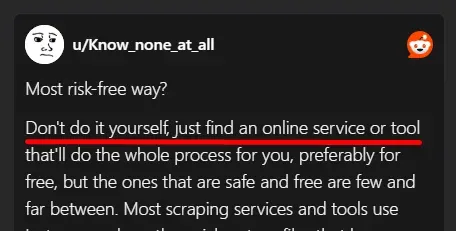
Alternatives to Scraping Instagram Followers
Scraping isn't the only path to growth. It's a powerful tool in your arsenal, but it works best when combined with other strategies.
- Running Instagram Ads: This is Instagram's official way to do targeted outreach. You can target users based on interests, demographics, and behaviors. It’s a great way to complement your organic efforts.
- Influencer Marketing: Collaborating with other influencers in your niche can expose you to a new, relevant audience. This could be a paid partnership or a barter collaboration. The impact of influencer marketing is well-documented and highly effective.
- Engaging Organically: The oldest trick in the book is still the best. Leave thoughtful comments, respond to DMs, use relevant gym motivation hashtags, and create amazing, shareable content. Learning how to make a viral post on Instagram is a skill in itself.
Conclusion: Recap and Final Thoughts
Scraping Instagram followers is a potent strategy for any influencer serious about growth in 2025. It provides a direct line to understanding your competitors, finding your target audience, and creating content that truly connects.
From no-code tools like PhantomBuster to powerful Python scripts, the methods are accessible to everyone. However, the power of scraping comes with responsibility. Always prioritize ethical practices, respect Instagram's guidelines, and use the data to build genuine connections.
Combine scraping insights with great content and authentic engagement, and you'll be well on your way to achieving your Instagram goals.
FAQs (Frequently Asked Questions)
1) Is it legal to scrape Instagram followers?
Scraping public data is a legal gray area. It is against Instagram's Terms of Service, which can lead to account penalties. It is crucial to use the data responsibly and ethically and to be aware of the risks involved.
2) How can I scrape Instagram followers using Python?
You can use Python libraries like Instaloader or Selenium. The process involves writing a script that logs into Instagram, navigates to a target profile, and systematically collects the usernames from the followers list.
3) Can I scrape Instagram followers’ emails?
Yes, it's possible to scrape emails that users have made public in their bios. Specialized tools and scripts can scan profiles for email addresses, but the success rate varies as not all users list their email publicly.
4) What tools can I use to scrape Instagram followers?
For no-code options, PhantomBuster, Apify, and browser extensions like IG Exporter are popular choices. For those comfortable with coding, Python with libraries like Instaloader offers more flexibility.
5) How do I use scraped Instagram follower data effectively?
Use the data for competitor analysis to understand audience demographics, for targeted marketing to find potential followers, and for personalized outreach for collaborations. Always organize the data and focus on genuine, non-spammy communication.
